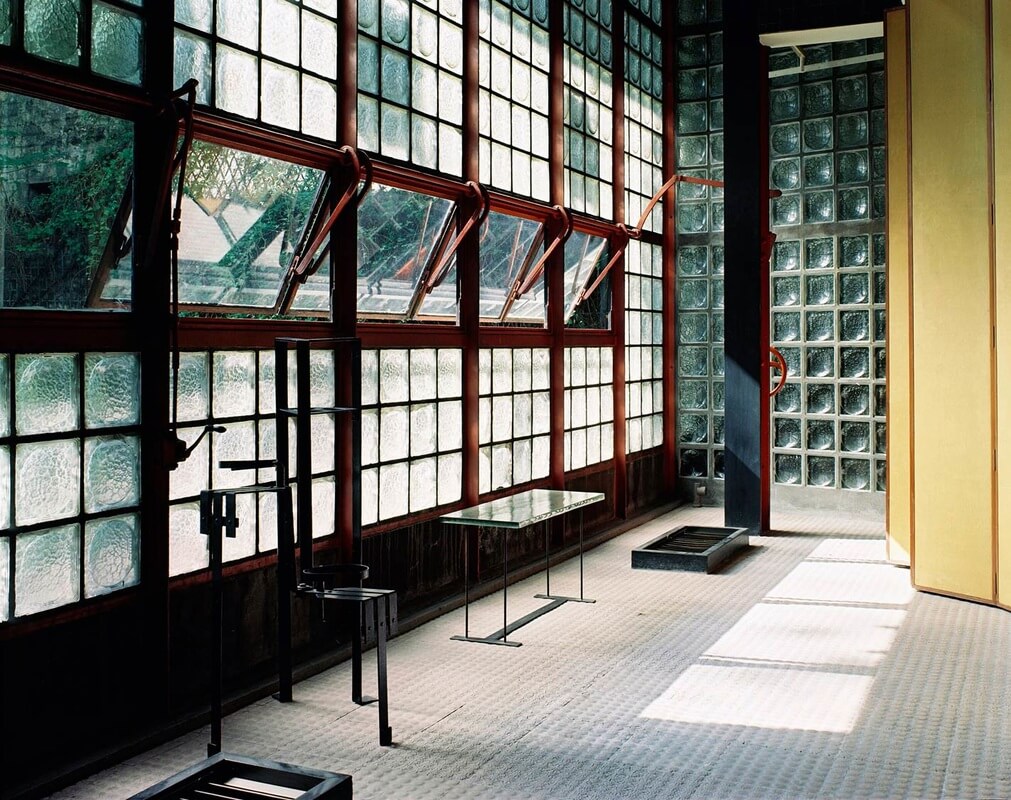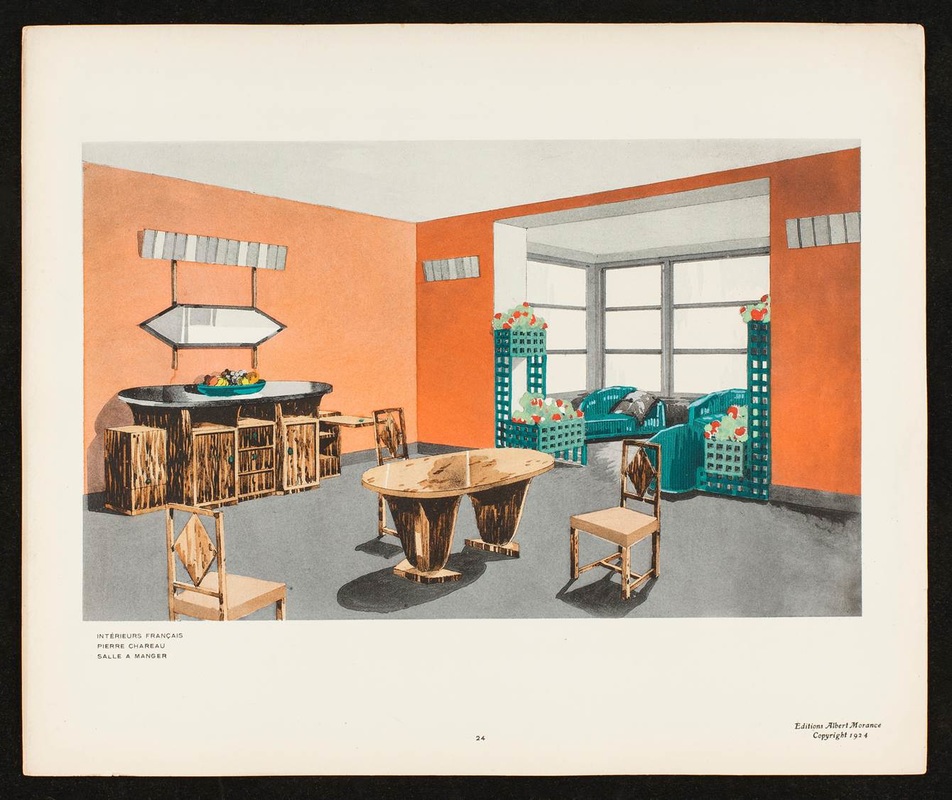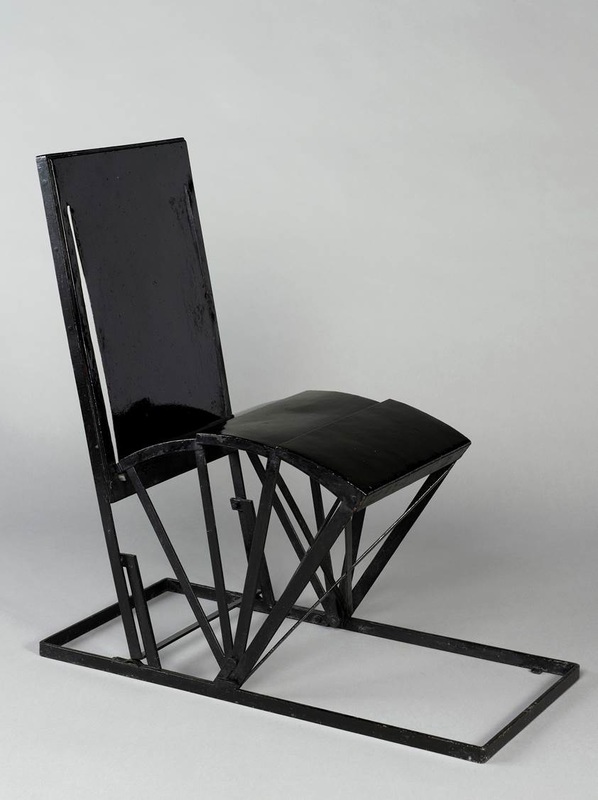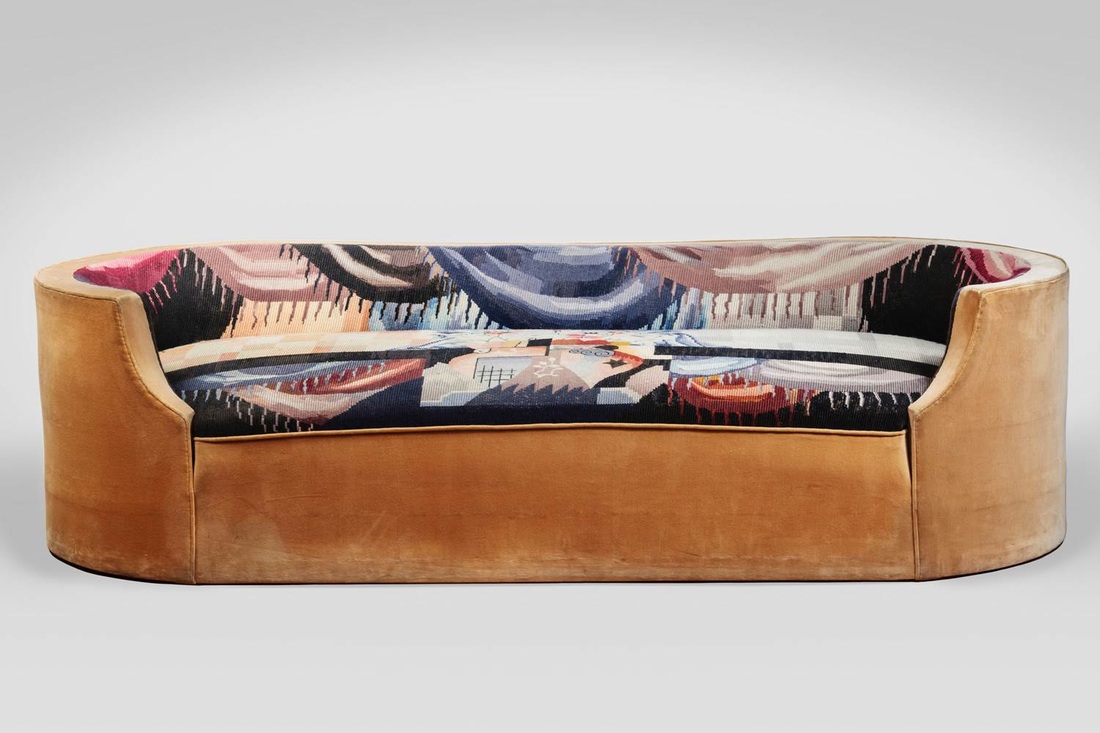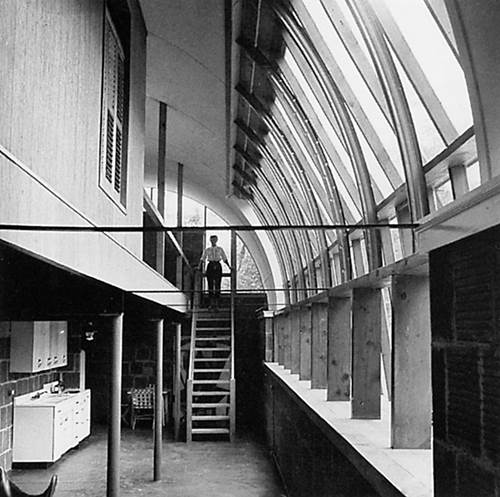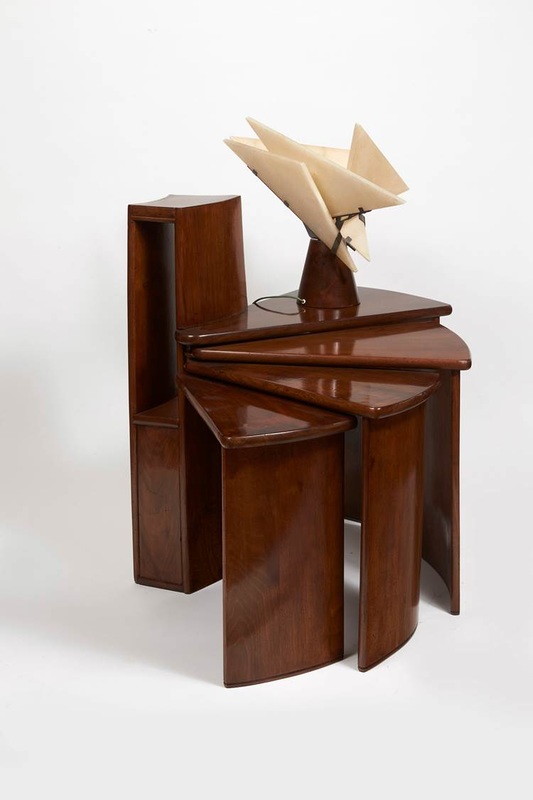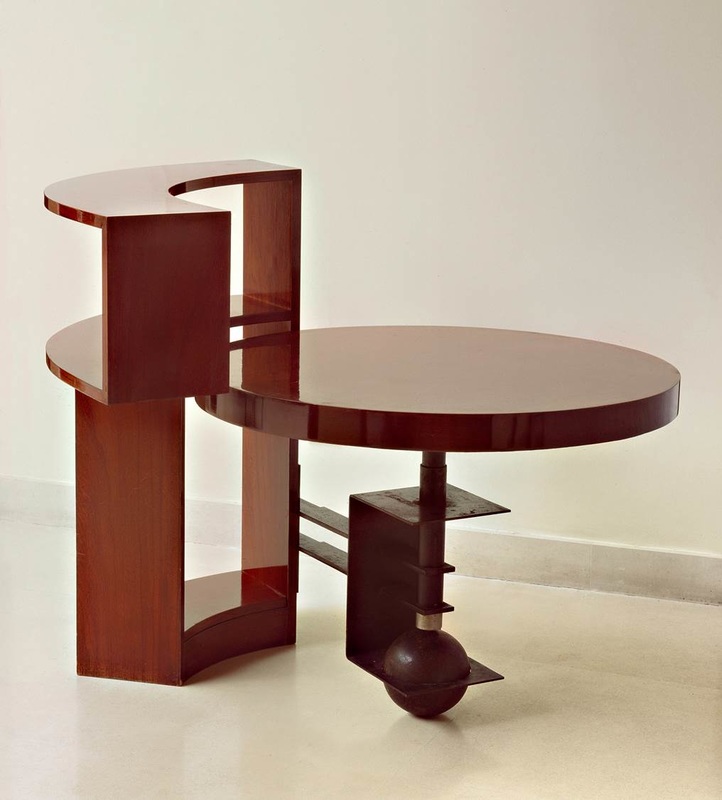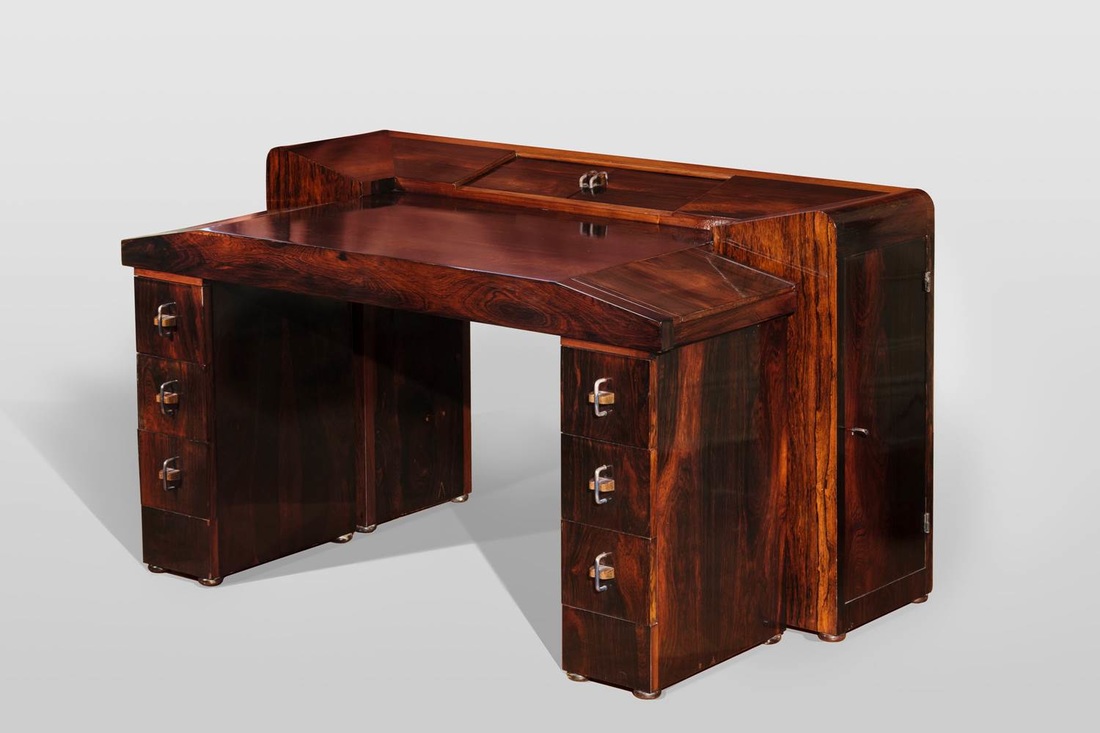There is only one architect, who, with a single building which he designed in the early 30s, has become the most admired 20th-century architect today, a myth. A new exhibition at the Jewish Museum comes to reveal the story behind the legend called Pierre Chareau. The exquisite show which was designed by Diller Scofidio + Renfro, includes rare furniture, lighting fixtures, and interiors, reveals that in his time, Chareau was known less as an architect and more for his stylish furniture and interiors, which he created for Jewish patrons of progressive taste and for annual salons and exhibitions, such as the cubist interior he created for the 1925 Exposition in Paris. We also learn that Chareau had the most amazing eye for collecting art and that the paintings he acquired from Mondrian, Modigliani, Motherwell, Lipchitz, and Orloff, came to eventually support him and his wife Dollie Dyte in the later years of their lives. The exhibition highlights Chareau’s distinctive language and tells the story of the decade which he spent in exile in NY, where he fled from Nazi-occupied Paris, producing a house for Robert Motherwell in 1947 in East Hampton, Long Island (below). But he is mostly remembered for one house, Maison de Verre, a townhouse in glass and steel on Rue Saint-Guillaume on the Left Bank in Paris, a poetic machine to live in, a cult. The house, perhaps the most opulent expression of modernist architecture of the prewar years, was inaccessible for years, and now owned by Bob Rubin, who has brought it to its original glory, allowing design and architecture professionals as myself to visit it and enjoy its allure. You can think of poetry in glass and steel, about a piece of furniture, as the house was described. I loved every part of the exhibition at the Jewish Museum and particularly the section featuring recreations of four interiors that Chareau designed which you can enjoy through 3D system. Definitely NYC’s best design show of the season.

